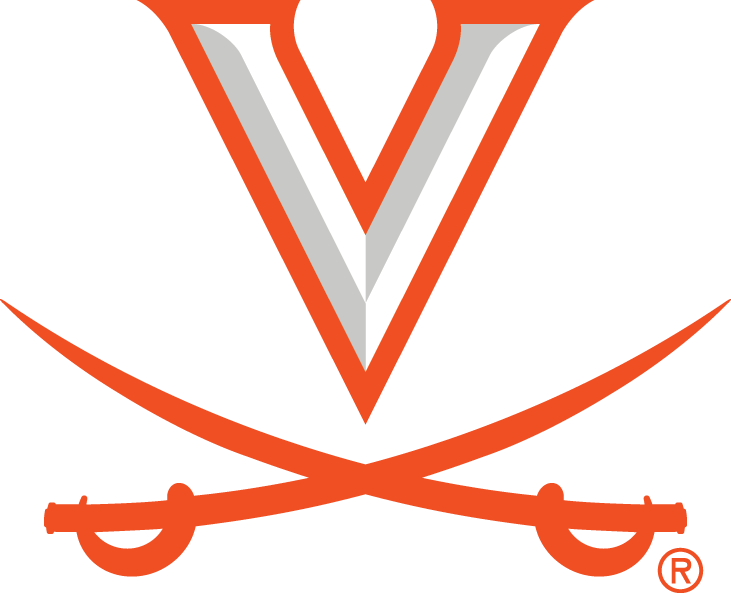By Jeff White (jwhite@virginia.edu)
VirginiaSports.com
CHARLOTTESVILLE, Va. — In the men’s practice gym at John Paul Jones Arena, a whistle hangs around the neck of Ryan Odom. A laptop rests in the hands of Matt Hart.
Welcome to college basketball in 2025. As the game continues to evolve, more and more coaches are employing analytics as a resource. At the University of Virginia, Odom’s staff includes Hart, the program’s director of analytics. Hart held that position at Virginia Commonwealth University until this spring, when he followed Odom from Richmond to Charlottesville.
Hart, who grew up near Buffalo, N.Y., played basketball at Hamilton College and George Washington University. (In 2015-16, he helped GW upset No. 6 UVA in Washington, D.C.) He has a bachelor’s degree in organizational sciences as well as an MBA. Numbers have always intrigued Hart.
“I’m a math guy,” he said. “I like stats and all that.”
So does Odom, who’s had an analytics wiz on his staff since his days as head coach at the University of Maryland, Baltimore County.
“What you measure, you can improve,” Odom said. “I think that’s the biggest lesson. If you measure it, you can get better at it. And so I think that’s the primary focus for us. We want to try to use these numbers to help our guys individually improve and use the numbers to help our team overall improve.”
When he started at VCU, Hart said, he met only a few others in college basketball who specialized in analytics. “I’m sure there were more, but now in this offseason alone, I’ve talked to 15, 20 kids who are doing the same thing as what I’m doing.”
Odom said: “You’re probably making a mistake if you’re not really diving into it.”
When Hart played at GW, he never heard analytics mentioned. “Maybe it was talked about with the staff, but [the players] never heard any of that stuff.”
During Odom’s tenure at UMBC, the first staffer to focus on analytics was Noah Ralby, a graduate assistant who had played at nearby Johns Hopkins University.
“At that point in time analytics were becoming more [prevalent],” Odom said. “They’d already really become a thing in the NBA, but it was just starting to be present in the college game, and we wanted to be on the forefront of it and try to be ahead, like we always want to do, on changes without changing our overall values.”
In 2021, Odom left UMBC to become head coach at Utah State University, and Ralby came with him as director of analytics. Hart joined the USU staff as a graduate student manager in 2022, and working with Ralby introduced him to analytics.
At VCU, Odom “thought it would be a perfect fit for me to go into that role,” Hart said, “and I’ve loved it ever since.”
Odom said Hart has “taken it to another level, and Noah would have, had he stayed. But Matt’s been a really good fit for me personally and then, more importantly, for our team.”
Hart said he tries “to collect as much data as I possibly can—just collect all the data into one easy-to-read thing for myself—and then disperse it to the coaching staff.”
Stats are omnipresent today, Hart noted. His job is to determine “what’s actually useful, what actually helps you win, what translates to winning,” he said. “On our staff, the assistants do different things, so they require different [data], so I do different things for different coaches. And then for Coach Odom, he’s big on analytics. He still coaches with feel, on what he sees, but he wants to know the numbers. So the stuff I give him is more simplified and easy, just a couple action items that are important. With the rest of the staff, there’s some more in-depth things that we can go back and forth on.”
